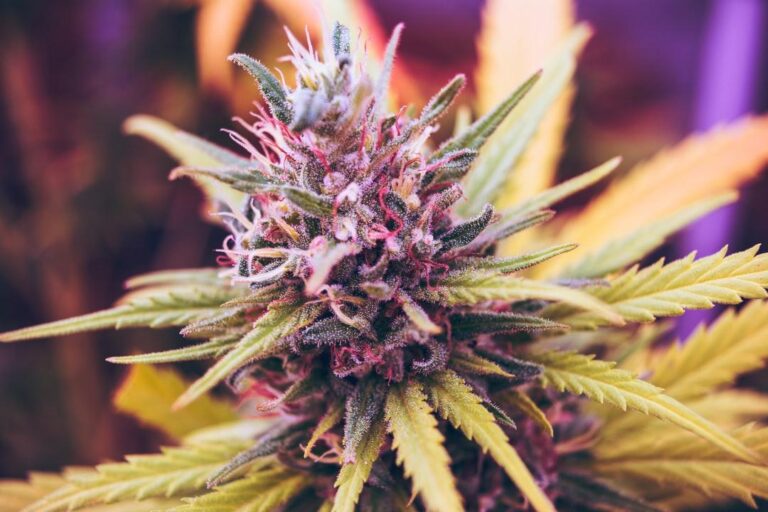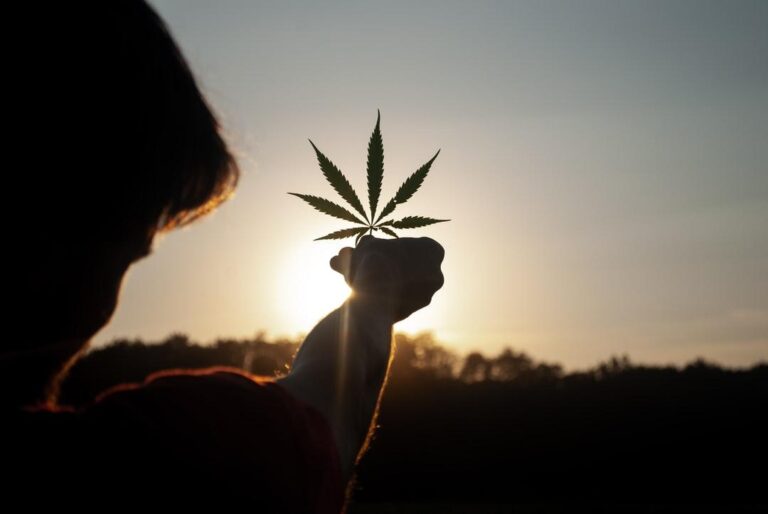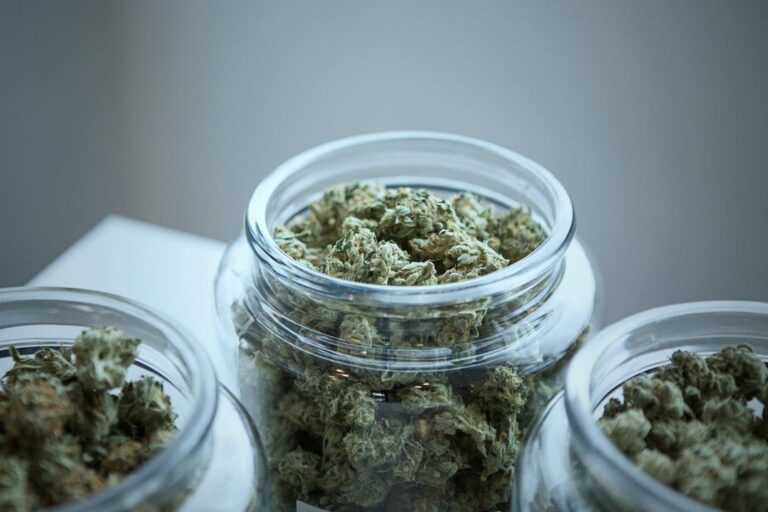Cannabis concentrates come in all shapes and sizes. There’s shatter, dabs and waxes, distillates and isolates, rosins and oils…and more! As the cannabis industry evolves and extraction technology progresses, the number of different concentrates out there has exponentially blossomed.
It’s kind of similar to what happened slightly earlier in the history of marijuana with cannabis cultivars (more often referred to as ‘strains’). Decades ago, a handful of select strains comprised the vast majority of the market, but all that’s changed today. The hard work of countless growers has resulted in a cannabis scene that’s at once beautiful and complex…very complex.
In the same way, a constant push towards purer, clearer, stronger concentrates has resulted in all sorts of offshoots. Before we get any further into some of these types of concentrates, though, let’s first look at the term itself.
Cannabis Concentrate:
A product derived from cannabis’ most resinous parts (i.e. its flowers) that is then processed into a more concentrated form.
Cannabis Concentrates…In Ancient Times?
While it is true that cannabis concentrates are evolving in complexity (and intensity), keep in mind that they’re not entirely a modern invention. For example, a type of concentrated plant resin called hashish has been used since ancient times. It’s likely responsible for the ultra-high THC levels that researchers have found within the bodies of Egyptian mummies.
Perhaps it’s not surprising that a dutch voyager had this to say after seeing Egyptian hashish in action: “Hempe excessively filleth the head.”
Hashish was popular in India and other areas of the East, too. Hashish was often literally collected off of farm laborers and partaken of ceremonially. In the Muslim world, cannabis was almost always eaten in concentrated form — smoking the plant didn’t become especially popular until the 1500s.
By the late 1800s, hashish had made its way to Europe, where it quickly became en vogue in literary and artistic circles. Dr. Jacques-Joseph Moreau even began the “Club des Hashischins” (Club of The Hashish Eaters) in order to study — and enjoy — the effects of cannabis in experiential ways. Attracting brilliant minds from all over the world, Dr. Moreaur’s club can be thanked for its colorful contributions to 19th-century French culture.
After all, it was only when carried along by the upliftment of cannabis concentrates that influential Hashischin poets like Arthur Rimbaud penned their best work. It turns out that the history of marijuana is actually full of creative endeavors!
As time moved forward into the 20th century, concentrates began to evolve. Hashish and kief (a dusty powder of cannabis trichomes) were placed into alcohol bases to produce crude cannabis tinctures; it was these powerful tinctures that once graced the shelves of old-time pharmacies and Doctor’s offices. Society had come to understand that cannabis worked…though it was still in the process of discovering how.
Shortly after this turn of the century boom, cannabis would be banned. But its future resurgence would be even better — and even more diverse…
Classifying Concentrates
Beginning in the ’70s, marijuana concentrates began an amazing evolution into what they are now. Today there are two main types of concentrates: extracts and solventless concentrates. Let’s take a closer look!
Extracts: These are concentrates that have been chemically extracted from cannabis flower. To do this a solvent is used, and different solvents yield slightly different concentrates. For example, extracting with natural CO₂ (carbon dioxide) yields a concentrate that’s pure but not especially nutrient-diverse.
Extracting with an alcohol like ethanol, on the other hand, produces potent extracts that contain a greater percentage of the ‘active ingredients’ in cannabis, but also need to be purified to remove any residual solvents. This purification process often entails using a vacuum oven to pull residuals out of the extract, but unfortunately, it can pull terpenes out too.
Other popular solvents include butane, hexane, and other hydrocarbons. Though effective at ‘pulling’ cannabinoids out of flower material, these methods are volatile, and the concentrates they produce may lead to risk of dependency. A concentrate made with them will need to be placed into a vacuum oven, winterized, and extensively lab tested before being given to consumers.
An extract’s consistency will vary with its purity levels. If an extract is waxy, it’s often because some residual solvents are still trapped within it, though natural plant waxes could also be to blame. Winterization (separating out impurities with cold) and/or distillation (separating out impurities with fractionation) can both help purify crude extracts. Highly pure extracts will be dense — or even totally crystalline — in nature. Pure cannabinoids, after all, are whitish crystals.
Solventless Concentrates: These concentrates are produced, as you might expect, without being acted on by a chemical solvent. Instead, mechanical action is used to pull (or push) cannabinoids out of cannabis flower. While less efficient than solvent-based extraction, solventless concentrates may have one major advantage: their purity.
In the case of historical solventless varieties like hashish—now simply called “hash” in English—, repetitive handling of cannabis is what slowly breaks more and more cannabinoid-rich trichomes off the plant. Trichomes are microscopic, hair-like outgrowths found on the surfaces of cannabis and other plants.
Once they collect, these trichomes often have a dusty consistency that does well to be pressed into pucks. While tradition hashish production is very simple, it’s also very time-consuming.
Thankfully the modern cannabis industry has found many ways to speed this process up. The most popular way? Through using high pressure, which yields a type of concentrate that’s called rosin. To produce rosin, cannabis flowers (or occasionally other cannabis extracts) are placed between the plates of a large, gently heated press before proceeding to squeeze out its fat-solubles at as much as 1,000 PSI.
There are two primary types of rosin: the regular type, and live rosin. Regular rosin is pressed from dried cannabis flower, while live rosin is typically pressed from flash-frozen, almost ‘raw’ cannabis flower. Of all the types of concentrates out there, live rosins are generally most prized because of their terpenes, taste, and strength.
You’ve Got a Concentrate…Now What?
The end result of concentrate production will usually be a thick, golden-hued oil that’s between 70-90% cannabinoids by weight. If derived from high-CBD cannabis, then the concentration will be close to 70-90% CBD and low in THC. If it’s derived from high-THC cannabis, then vice versa. Regardless, concentrates are powerful.
Depending on your needs and health goals, you may opt to take concentrates differently. RSO is a cannabis concentrate that’s traditionally made with highly selective Naptha as its solvent; it often contains a diverse blend of cannabinoids and terpenes. Plus it can be used both topically and internally.
Of course, many other types of cannabis oils have become available now. There’s CO₂ derived oil, which often contains proportionally lower terpene content, and butane derived oil (BHO), which often contains more terpenes.
If left alone for long enough certain oils will separate themselves off into different fractions. It’s almost like a natural purification process; crystalline cannabinoids called “diamonds” can split themselves away from the more viscous component (which is called “sauce”) of its resident oil.
One of the most popular types of cannabis oil is called hash oil, or honey oil. In a sense, honey oil is purified twice: it begins with concentrated hash before then being refined again. Sometimes this hash is extracted, other times it’s rosin pressed; regardless, the final product is potent and pure, high in both cannabinoids and terpenes.
Original Article From:
https://cannigma.com/products/cannabis-concentrates-and-how-to-make-the-most-of-them-2/


